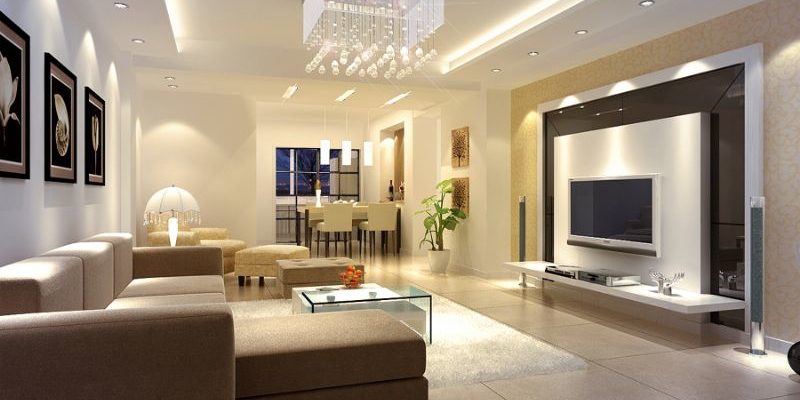Bulb color temperature: how to give light to a room
Bulb color temperature: how to give light to a room
Since the retail disposal of less efficient incandescent bulbs, there has been a major change to LED bulbs. When you buy these, you may notice that they are characterized not only by the lumen (brightness) and wattage ratings but also by the correlated color temperature (CCT).When you think of incandescent, you know what bulb color temperature you can expect. Traditionally, incandescent bulbs have emitted a warm yellow light. LED bulbs, on the other hand, are available in a variety of colors, from classic warm white to cold white (blue) that mimics natural light. The lights and the shades of white they emit can be used to influence how a room looks and how colors are displayed. CCT. The correlated color temperature will tell you what shade and shade of white you can expect from a specific bulb or accessory. It is measured in Kelvin (K). Different temperatures on the Kelvin scale represent different colors. For example, the light in 2000K-3500K looks more orange/yellow and is called ultra-warm or warm white, and as the temperature rises in Kelvin, the color changes to a "white paper" known as natural or neutral white (between 3500K and 5100K)) and finally in a bluish-white known as cold white (5100K-20000K). One thing to keep in mind when choosing the color temperature of the bulbs is that you can change the way paint and furniture colors look when the light is turned on. Warm white light can add a yellow shade to white paint or make other colors look dull compared to natural or cold white light. Similarly, cold white light has a blue hue. How warm, natural and cold white light changes the appearance of things in a room. Notice that the colors of the flowers stand out and are more realistic under the natural and cold white light. Generally, the lower the CCT, the more flattering is the led lighting effect. Higher CCTs may show more spots or imperfections, but they also make the colors look sharper, similar to how they would appear outside with natural light. This information can help you decide which color is best for your bathroom, for example. Let's say you are combing or putting on makeup with warm white light; You will notice fewer defects. If you are doing the same with natural white light, you may notice that more work can be done. This can be a pleasant or unpleasant experience depending on your goals when it comes to these tasks. Just because you own a retail store does not mean you have to choose natural or cold white light. If your store is destined to be a more relaxed atmosphere, you may prefer warm white or ultra warm white light. The same goes for any other room or environment; Do what suits your purpose and needs. The reasons for the colors recommended in these particular environments are also based on circadian rhythms and the effect that certain colors of light have on people.


Comments
Post a Comment